This is also a specific document proving the pioneering achievements of the Nguyen Canh family in Cuu An.
During our journey to survey ancient literary heritage , we discovered that Gia Lai still has a place to preserve documents from the Tay Son period. This is also the place to hide the largest archive of documents in the province with nearly 500 pages of Han Nom script mainly related to land from the time of King Canh Thinh to the time of King Bao Dai. These documents are of special importance in studying and researching the history and culture of the Kinh people in the East of Gia Lai over more than 2 centuries.
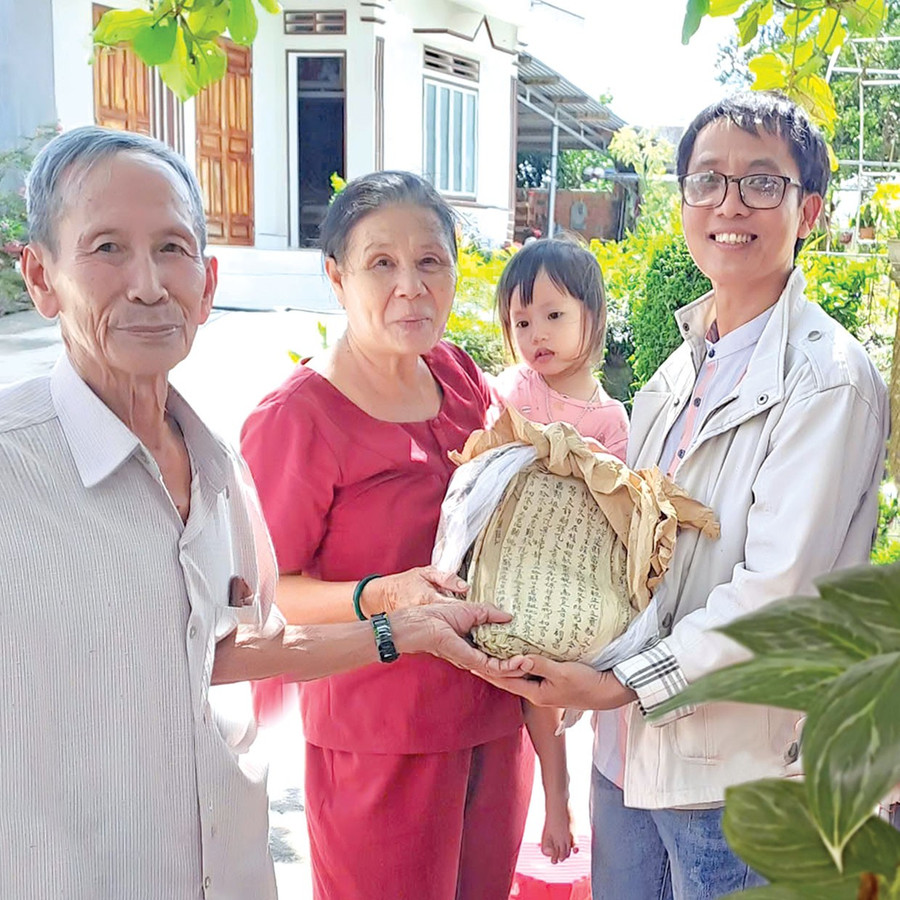 Mrs. Ly Thai Lan's family donated the Nguyen Canh family heritage archive in Cuu An to the Provincial Museum (photo courtesy of LHS).
Mrs. Ly Thai Lan's family donated the Nguyen Canh family heritage archive in Cuu An to the Provincial Museum (photo courtesy of LHS).
The reason we say “discovered” is because, in addition to the fact that this treasure has never been known to any researcher before, even the family that is keeping the documents cannot determine the age and content of the documents. The person who provided us with the information is Mrs. Ly Thai Lan (born in 1955, An Dien Bac village, Cuu An commune), whose house is right next to Ba’s palace, said: “These are the documents left by my grandparents. After my husband passed away, I kept them for a long time, I don’t know when they were there, I only know that they were a long time ago. No one in the family can read them, even the children don’t know that our family has these documents.”
According to our preliminary statistics and classification, this massive document block consists of about 480 pages written on Do paper, divided by dynasty into 2 groups: Tay Son period documents and Nguyen period documents. The condition of the documents is generally still relatively good. However, it is necessary to quickly take appropriate technical preservation measures to prolong the life of the documents, because most of these documents have begun to rot due to the long history.
In which, the Tay Son period documents only have 3 documents from the 8th year of Canh Thinh (ie 1800). The special thing is that all 3 documents have the same content. The Nguyen period documents include 11 kings: Gia Long, Minh Mang, Thieu Tri, Tu Duc, Kien Phuc, Ham Nghi, Dong Khanh, Thanh Thai, Duy Tan, Khai Dinh, Bao Dai.
The largest number of pages in this archive are documents from the Tu Duc period with about 180 pages, or more than 1/3 of the total number of pages; followed by those from the Minh Mang, Thanh Thai, Thieu Tri, and Khai Dinh periods. Looking at this ratio, we can tentatively deduce that the policy of migration, reclamation, and land management in the Tay Son region during the Nguyen Dynasty began to be strongly promoted during the reign of King Minh Mang and Thieu Tri and reached its peak during the reign of King Tu Duc, then gradually weakened with the decline of the Nguyen Dynasty.
The Tay Son period documents include 3 documents written in Chinese ink brush on a folded sheet of Do paper, of which 1 document with the largest size and letters is heavily decayed, 1 document is bound together with documents from other dynasties (Ham Nghi, Tu Duc). The special thing is that the content of these 3 documents is identical, with the same year title "Canh Thinh bat nien ngu nguyet so bat nhat" meaning "May 8th, 8th year of Canh Thinh (1800)". ("Canh Thinh" in our country's history is the year title of King Nguyen Quang Toan, son of King Quang Trung Nguyen Hue). However, in terms of paper size and writing style, they are 3 different styles. Thus, there is only 1 original document, the others are copies.
The content of this document is about a woman named "Mrs. Thien" in Team 1, Kien An Van Khu, Tay Son village, Thoi Hoa, Phu Ly district, Quy Nhon prefecture, who had 3 fields left by her grandparents. Because of "need for work but no money", she sold them to her relatives, "Mrs. Tam and his wife" for 60 dong. At the end of this document, there is the address of the seller, "Mrs. Thien", the signature of the person writing the deed is "Da" and the signatures of 2 witnesses, "Commander" named Lanh and "Bien Cuu" (Bien is also named Cuu). In the language of the time, this document was called "deed" (ie a contract, a document to serve as a guarantee, nowadays often called a contract).
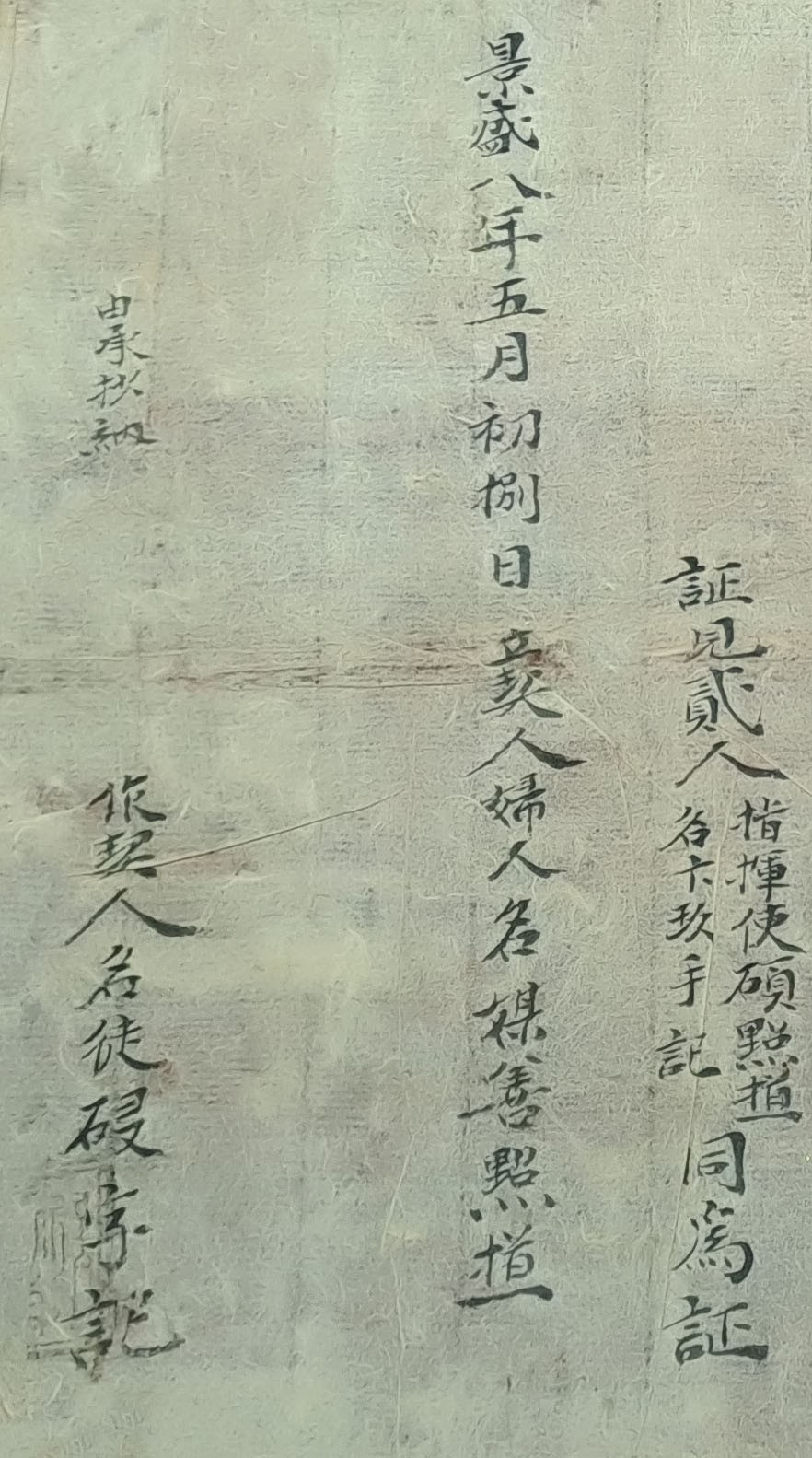 1 page records the Canh Thinh era in 1800 (photo courtesy of LHS).
1 page records the Canh Thinh era in 1800 (photo courtesy of LHS).
When we first saw the paper with the year “Canh Thinh” written on it, we couldn’t help but be happy. Because what we had been looking for and yearning for for years had finally appeared. For Mrs. Lan’s family, these land documents were now no longer of any use and were considered to be a keepsake left by their grandparents.
However, for those working in museums as well as those researching local history and culture, this is an invaluable treasure, because from here we can decode many things that are still open due to lack or failure to exploit information from Han Nom documents in the field.
The Nguyen Canh family in Cuu An is a typical case in Gia Lai about the process of migrating and accumulating land by buying and selling, reclaiming land from the Tay Son period to the Nguyen period, from the Tay Son Ha region to the Tay Son Thuong region over a period of more than 2 centuries. In the worshiping text of the oldest temple in Cuu An, Dinh Ba (ie An Dien/An Dien Bac temple belonging to the Tay Son Thuong Dao special national relic complex), the Nguyen Canh family is also recognized by local villagers as ancestral figures.
Therefore, without knowing where this family originated from or when they arrived in Cuu An, just based on the land documents and worshiping documents at the Lady's palace, it is enough to confirm that this family has been present in Cuu An since the early period and has contributed to reclaiming and establishing the village here since ancient times.
Expanding the exploitation of this source of documents, we will know specifically about the migration and land accumulation, and changes in place names of the Kinh people in the border area between Binh Dinh and Gia Lai during the Tay Son and Nguyen dynasties.
When we saw these lines in the huge volume of documents, we expressed our wish to Mrs. Lan's family to bring some of these original documents to the Provincial Museum for storage and display. Only after 3 years did Mrs. Lan's family feel secure enough to decide to hand over these valuable documents.
But what surprised us was that Mrs. Lan's family gave us all the documents they were keeping in the spirit of selfless donation. The provincial museum is currently in the process of receiving the donated artifacts to acknowledge the kindness of Mrs. Lan's family.
Mr. Nguyen Canh Do (born in 1940, An Dien Bac village), Mrs. Lan's husband, former sacristan of Cuu An communal house, was the one who guided us to meet Mrs. Lan and asked to access the precious archive. He expressed: "Our family only hopes that you will preserve and exploit valuable information about Cuu An land that the Nguyen Canh family has contributed to for many generations to reclaim, build and develop."


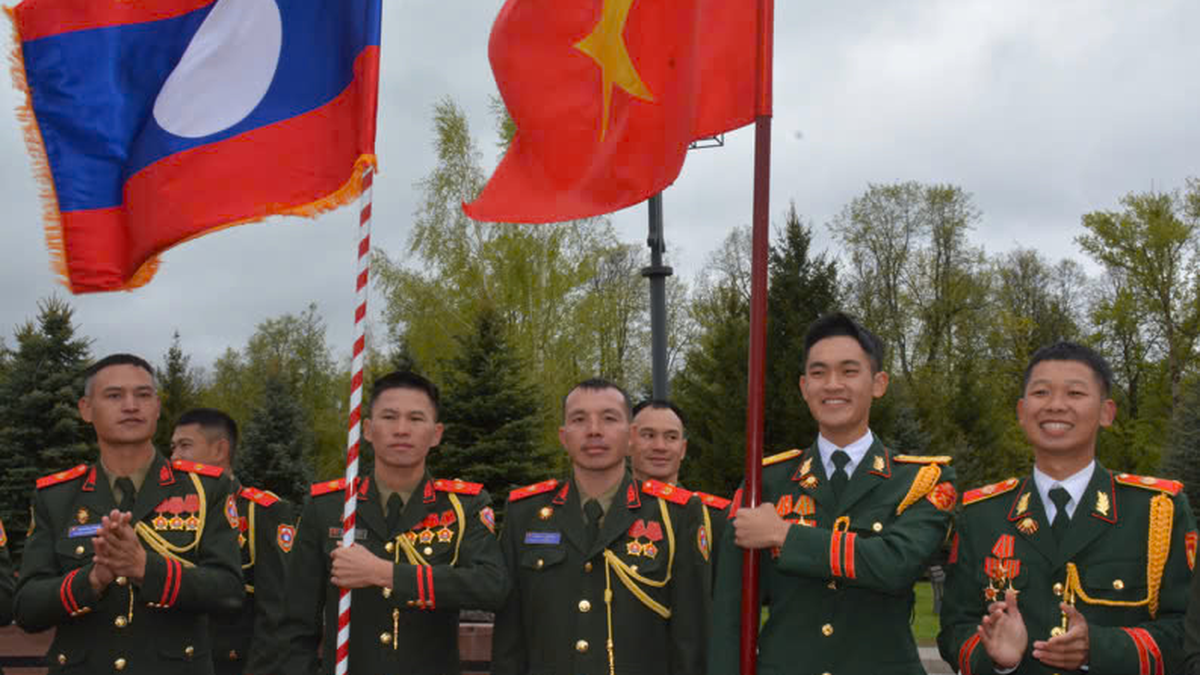
![[Photo] General Secretary To Lam begins official visit to Russia and attends the 80th Anniversary of Victory over Fascism](https://vphoto.vietnam.vn/thumb/1200x675/vietnam/resource/IMAGE/2025/5/8/5d2566d7f67d4a1e9b88bc677831ec9d)
![[Photo] Prime Minister Pham Minh Chinh meets with the Policy Advisory Council on Private Economic Development](https://vphoto.vietnam.vn/thumb/1200x675/vietnam/resource/IMAGE/2025/5/8/387da60b85cc489ab2aed8442fc3b14a)
![[Photo] General Secretary concludes visit to Azerbaijan, departs for visit to Russian Federation](https://vphoto.vietnam.vn/thumb/1200x675/vietnam/resource/IMAGE/2025/5/8/7a135ad280314b66917ad278ce0e26fa)
![[Photo] National Assembly Chairman Tran Thanh Man chairs the meeting of the Subcommittee on Documents of the First National Assembly Party Congress](https://vphoto.vietnam.vn/thumb/1200x675/vietnam/resource/IMAGE/2025/5/8/72b19a73d94a4affab411fd8c87f4f8d)
![[Photo] President Luong Cuong presents the decision to appoint Deputy Head of the Office of the President](https://vphoto.vietnam.vn/thumb/1200x675/vietnam/resource/IMAGE/2025/5/8/501f8ee192f3476ab9f7579c57b423ad)
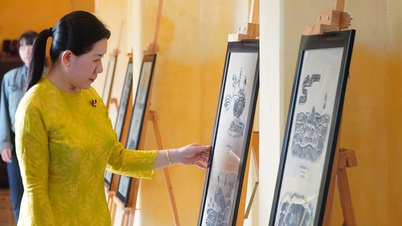





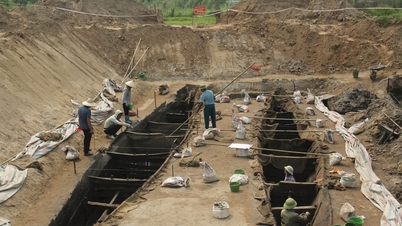

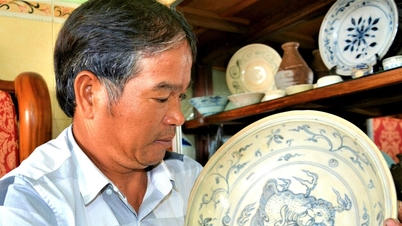
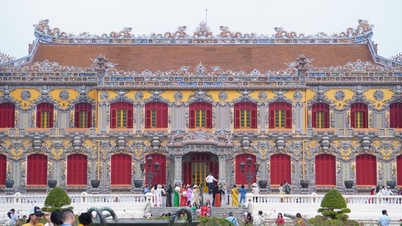










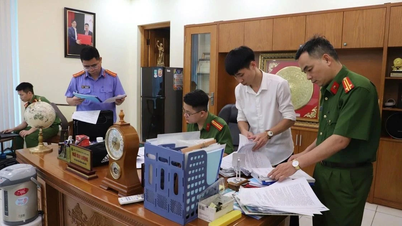
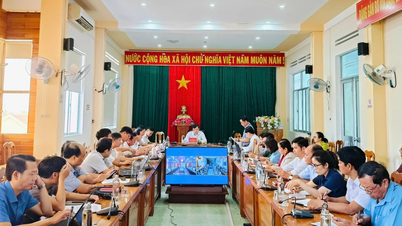
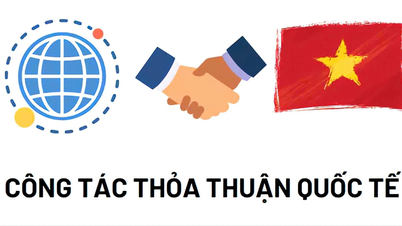
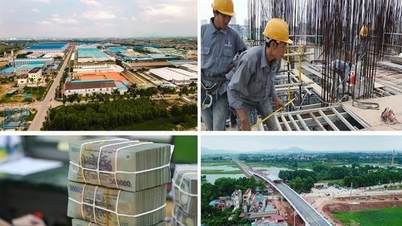
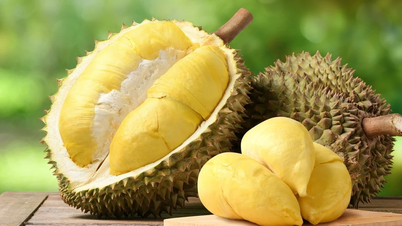














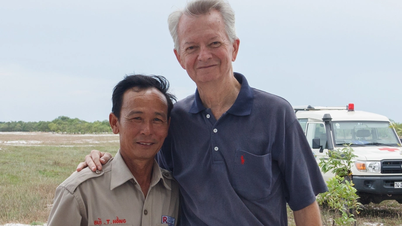











![[Photo] Prime Minister Pham Minh Chinh talks on the phone with Singaporean Prime Minister Lawrence Wong](https://vphoto.vietnam.vn/thumb/402x226/vietnam/resource/IMAGE/2025/5/8/e2eab082d9bc4fc4a360b28fa0ab94de)


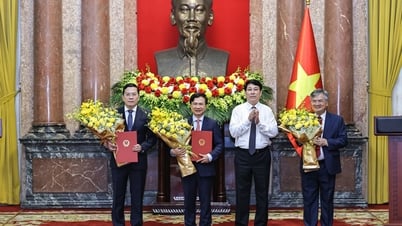




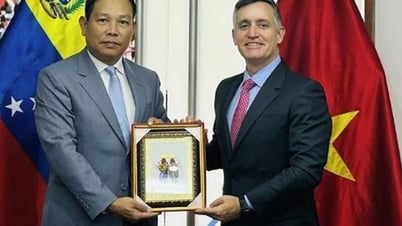

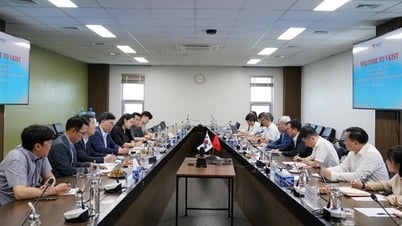







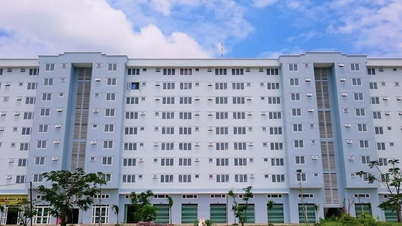












Comment (0)